
Mining is a rather complex industry with equipment, risks, safety concerns, and labor-intensive work. The installation and maintenance of mining equipment are expensive and troublesome as well. Besides, the vast majority of operating costs are related to maintenance. According to researchers, mining companies spend between 30 and 50 percent of their annual operating expenses on the maintenance of mining equipment.
One of the most significant cost parts of maintenance of a mining plant is conveyor and belt systems, and the conveyor systems are the weakest point in nearly all mining companies. Operations depending on critical conveyors can result in million-dollar losses as a consequence of unexpected conveyor outages.
Improved equipment reliability and reduced maintenance costs are critical profit areas for a company in the highly competitive mining market. A condition monitoring system on a conveyor system can help companies meet their financial goals by improving the effectiveness of companies’ maintenance budgets
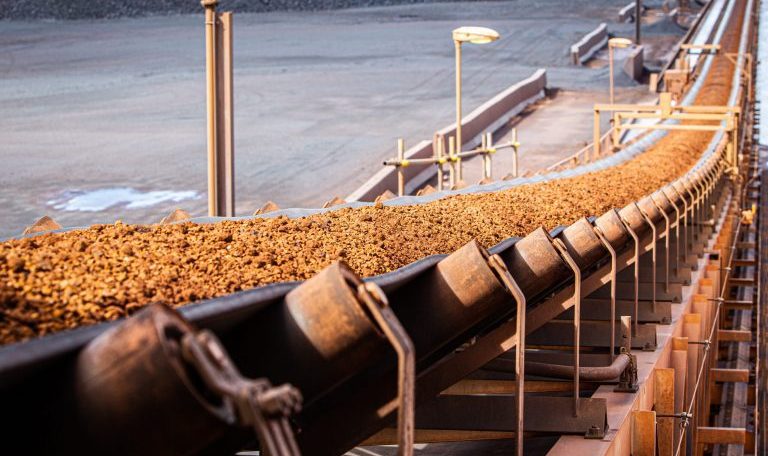
What is a conveyor belt condition monitoring system?
A conveyor belt condition monitoring system is a tool with self-diagnostic and reporting features that constantly monitors the condition of a conveyor belt in real-time. An online condition monitoring system can be used to automate the condition-based monitoring process completely.
5 advantages of conveyor belt condition monitoring system
Increase in Machine Lifetime
Mining equipment is produced to resist extreme conditions. Manufacturers use heavy-duty and high-quality parts specialized for demanding applications. Nevertheless, the equipment requires timely maintenance to provide an ideal weathering life.
Condition-based maintenance ensures that maintenance is done before any deterioration and when needed instead of fixed intervals. This type of timely maintenance provides a longer lifespan since the belt is not left in a damaged condition for a long period of time or prevents time waste due to unnecessary actions.
No unexpected belt damage or expensive malfunction time
As the importance of condition monitoring is understood, and technology has developed fastly in this field, condition monitoring has been done almost entirely digitally in the last decades. Although the cost of digitalization in condition monitoring raises question marks on the management floor at the beginning, it is undeniable that doing it manually takes more time and labor costs. Likewise, manual condition monitoring put all production out of action, even for several days.
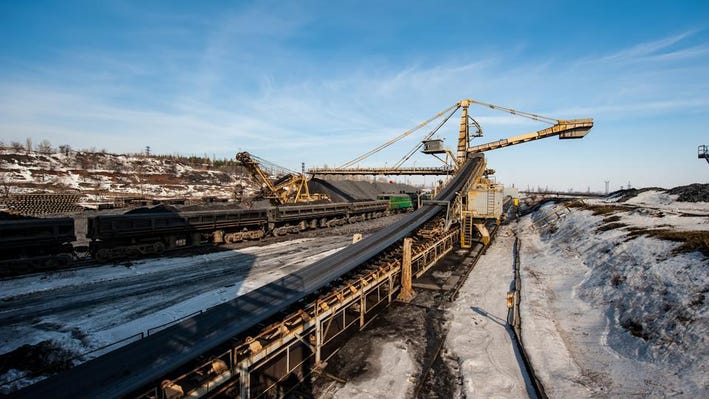
A conveyor belt condition monitoring system provides real-time feedback on critical/non-critical damages to the belt. It continuously analyzes belt conveyor systems. For minimal delay time in reporting inconsistencies, the system monitors both sides of the belt, one at the upload and one at the transfer point. It classifies the faults based on the severity levels.
When a critical malfunction is detected, the system stops the conveyor instantly. Non-critical issues create alarms in the control room for further inspection but do not stop the belt. This minimizes costly downtime without risking belt malfunction.
Savings in maintenance expenses
Conveyor belt condition monitoring helps avoid maintenance costs in many areas. Firstly, it reduces the cost of labor to evaluate the condition of the belt. 24/7 Online condition monitoring systems work with only a small team to supervise alarms and system maintenance.
Secondly, when the system scans the belt during operation, there is no need to stop the material flow, which saves downtime costs. Moreover, the expense of emergency service, which is expensive in terms of personnel and backup (spare) needs, is also eliminated.
To avoid sudden production stops, a spare conveyor belt must be stored on-site. Storage of belts demands space, specific temperatures, and humidity, which may be costly. If this spare belt is not used within five years of purchase, the company will still have to replace it because it weakens over time. Therefore, storing conveyor system spares impacts profitability.
An online condition monitoring system can minimize the expenses of purchasing and storing spare parts of the conveyor system.
Increased job and worker safety
Catastrophic belt malfunctions are responsible for many kinds of losses. A failed belt can cause irreversible damage to workers, machines, equipment, or raw materials. These malfunctions cause damage to equipment and result in loss of money, reputation, time, or, even worse, injury to personnel.
Proper belt condition monitoring increases site safety. Even minor failures form alarms in the control room. The operator can forward relevant safety information to workers near the conveyor line.

Maximum productivity
Breakdown maintenance harms the profitability of a mining setup. Productivity declines as time and money are consumed repairing defective machines and broken parts.
It is ordinary for mines to earn hundreds of thousands of dollars an hour. Nonetheless, the conveyor system is a single malfunction point, and when it stops, production comes to a stagnation point.





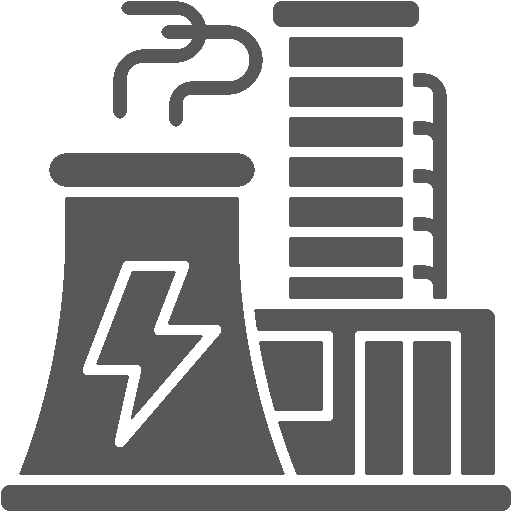
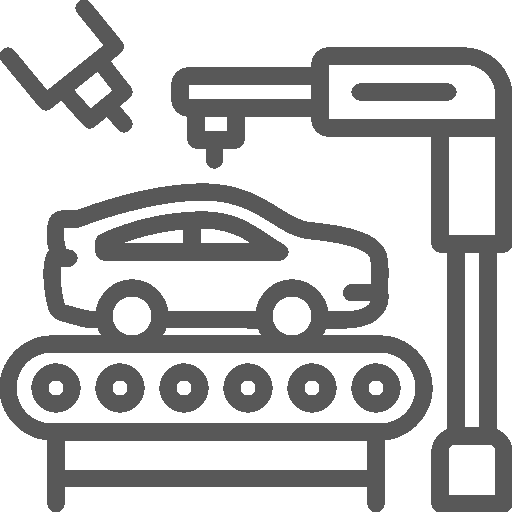
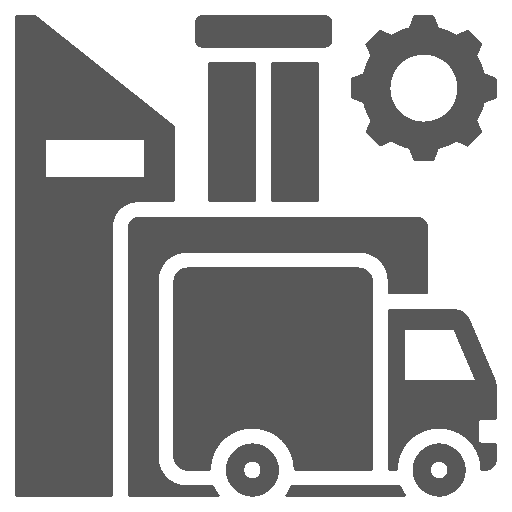



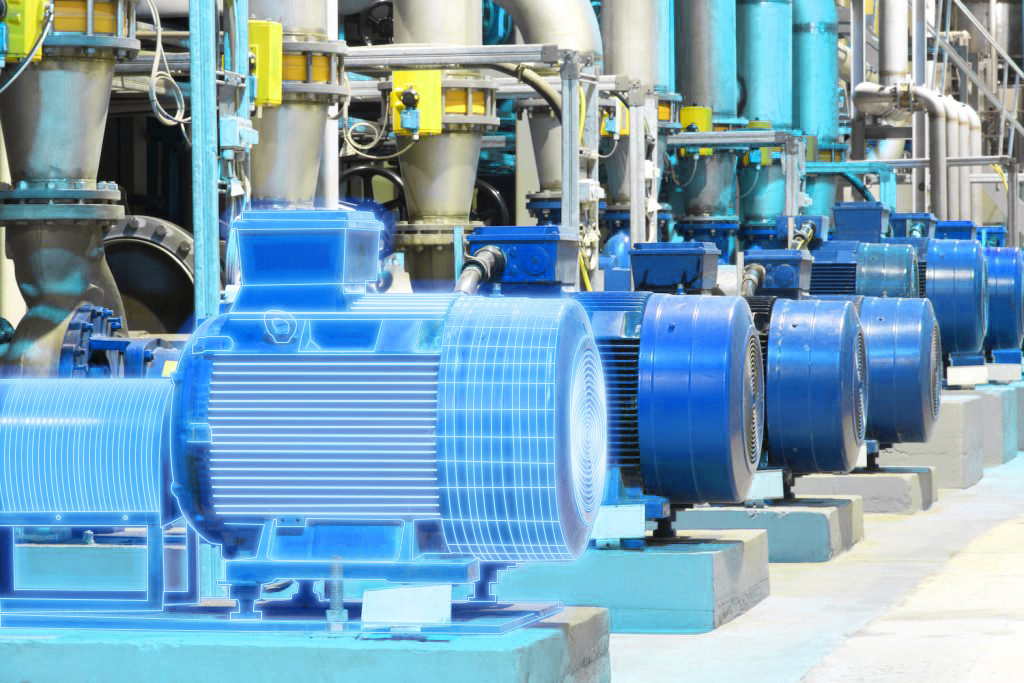
 White Papers
White Papers Case Study
Case Study Documents
Documents Webinars
Webinars Events
Events ROI Calculator
ROI Calculator FAQ
FAQ